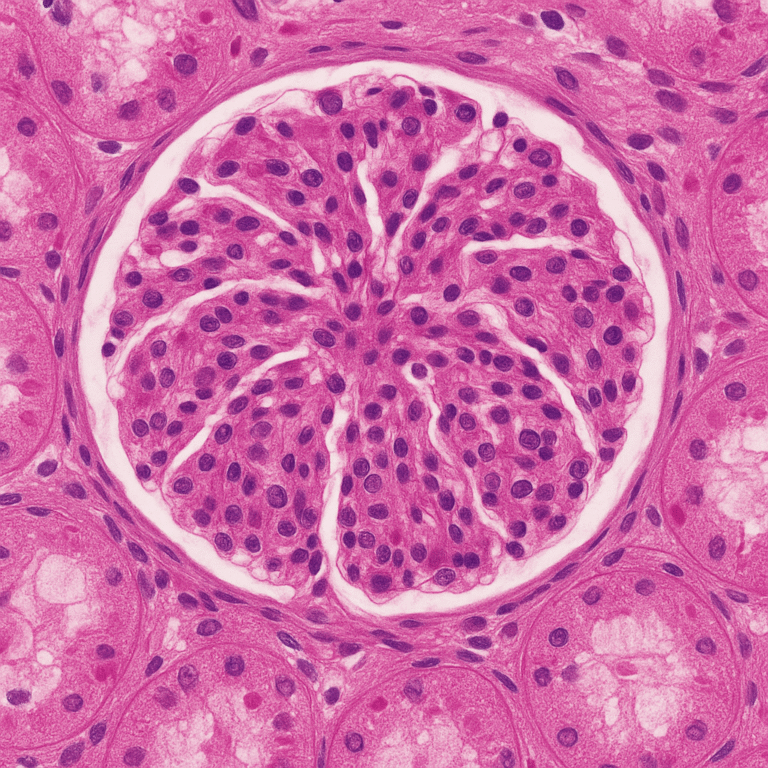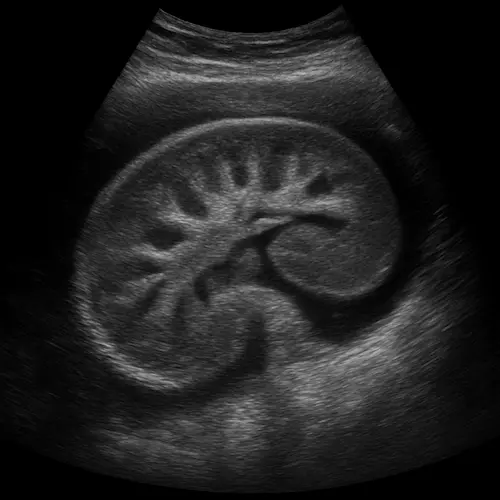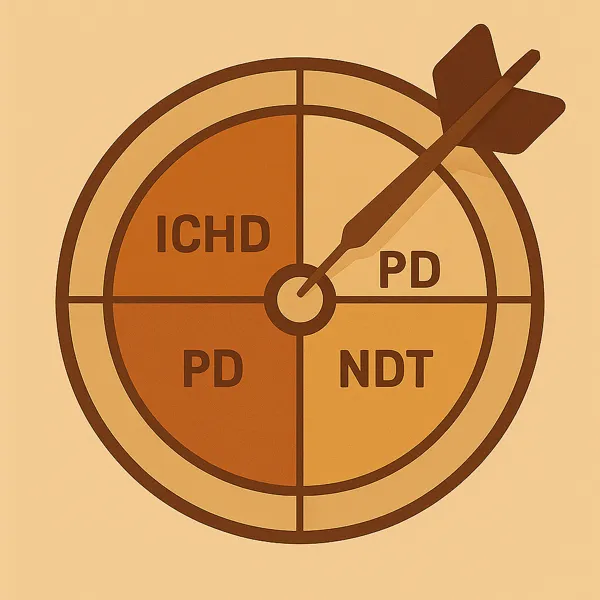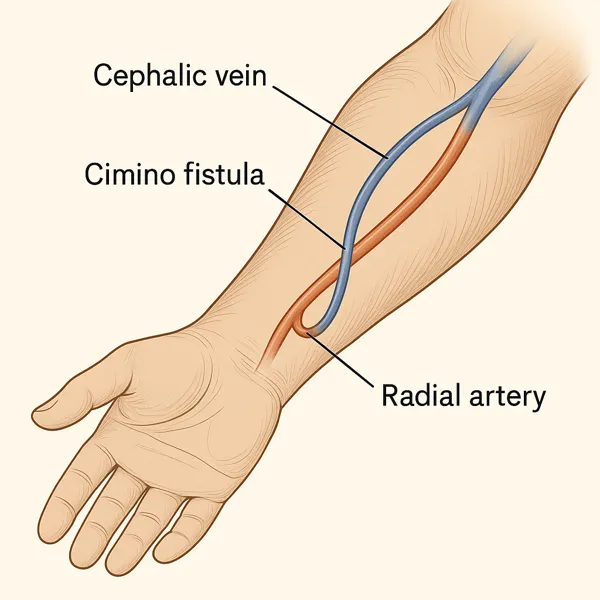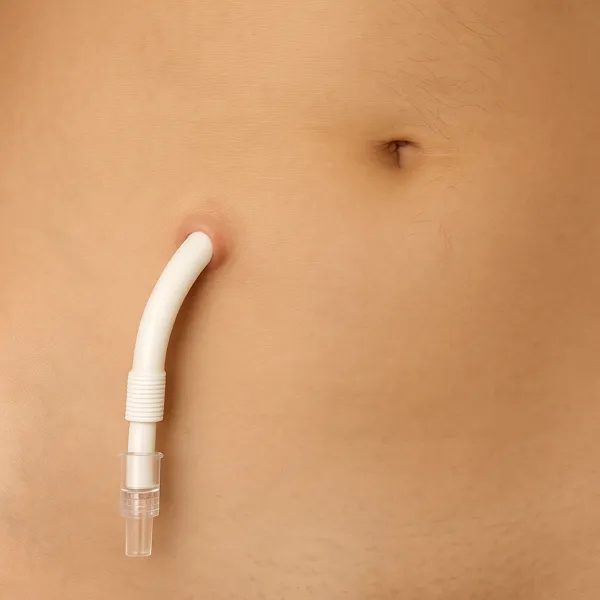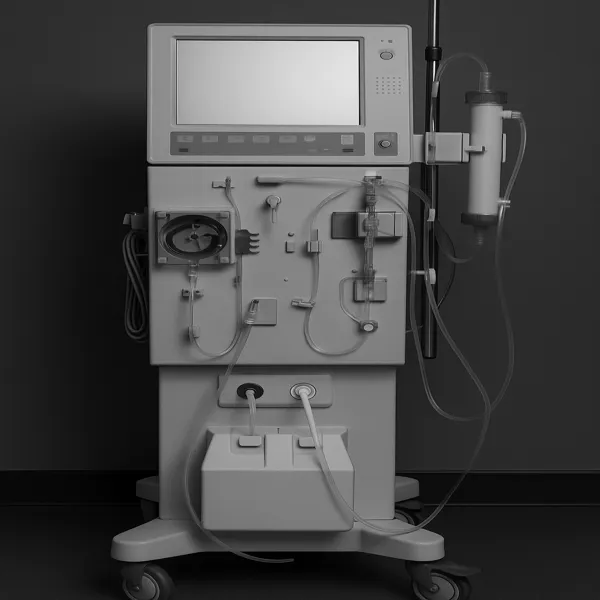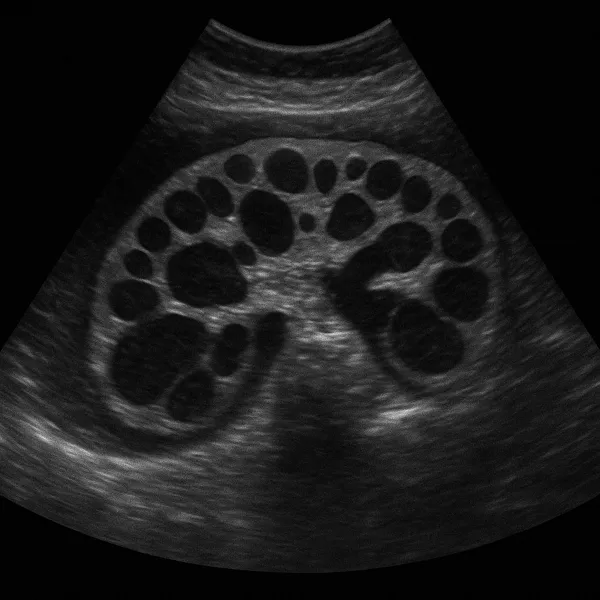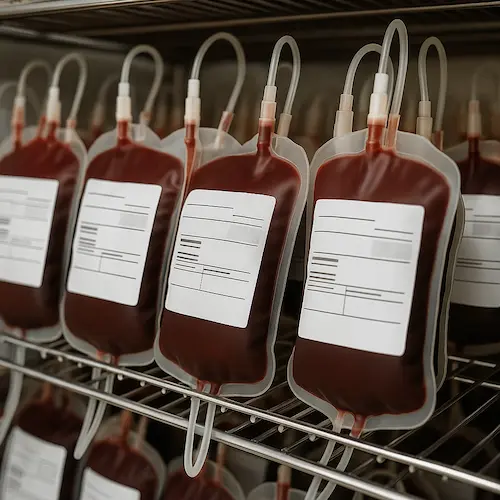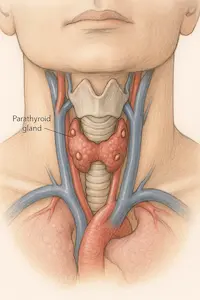Improve Your Diet: The Impact of Nutritional Focus on Preserving Kidney Health
The Fork as a Tool for Kidney Health When you’re living with chronic kidney disease (CKD), the choices you make in the kitchen matter almost as much as the ones you make in the clinic. Food isn’t just fuel — it can act as medicine, a source of stress, or a safeguard, depending on how…




